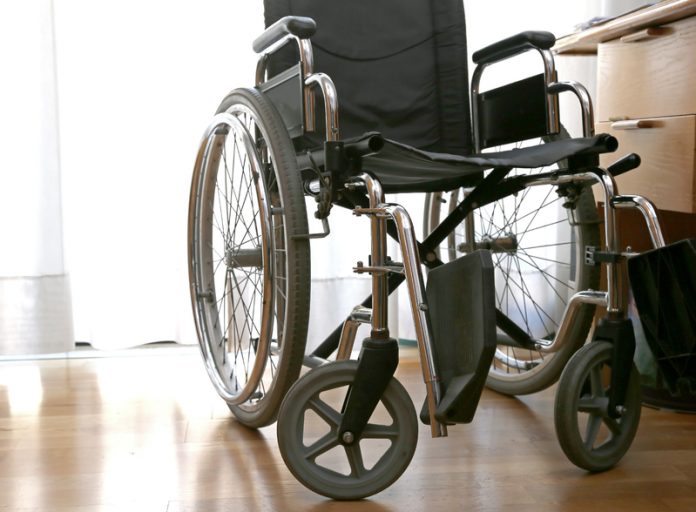Laura Hagerty, PhD, Scientific Portfolio Director at the Muscular Dystrophy Association, highlights strategies for gene correction to treat Duchenne muscular dystrophy
Duchenne muscular dystrophy (DMD) is a deadly genetic disorder characterised by progressive loss of voluntary muscle movement. Muscle weakness first occurs in early childhood (age 2-5), continues with loss of ambulation during adolescence (age 10-13), and ultimately leads to death in young adulthood (age 25-28) due to complications of cardiac or respiratory failure.
An X-linked recessive disorder, Duchenne primarily strikes boys with an incidence of 1 in 3,500 to 6,000 male births. Despite being rare, the societal burden is high with an annual cost of $787 million in the U.S.
Like most rare genetic diseases, Duchenne currently has no cure. But for the first time, new technologies offer the promise of replacing or correcting gene defects, which could fundamentally change the course of Duchenne and other genetic diseases.
A dynamic pipeline of gene-targeting therapies
Duchenne is caused by mutation of the DMD gene, the largest gene in the human genome. Due to its large size, many different disease-causing mutations are possible. These range in type from small point mutations to duplications or deletions of large sections of DNA, and they may be located anywhere within the DMD gene. Importantly, this mutational diversity has encouraged researchers to pursue a panoply of approaches to gene correction.
In recent years, drug developers have made great strides in advancing the technologies needed to target gene defects, and they are bringing these solutions to bear on the DMD gene. The following examples illustrate how researchers are targeting the DMD gene for correction, but similar approaches can and are being developed for other rare genetic diseases.
Gene therapy
Gene therapies are designed to introduce a new therapeutic gene as a functional replacement for a mutant gene. This technology leverages the ability of viruses to insert DNA into human cells. For Duchenne, researchers are using a virus called adeno-associated virus (AAV), which has been engineered to deliver a therapeutic DMD gene to muscle. Three companies (Pfizer, Sarepta Therapeutics, and Solid Biosciences) have gene therapies in clinical development for Duchenne. All have reported encouraging interim data from their first trials, but additional studies are needed.
Antisense therapy
In a subset of Duchenne patients, a mutation has caused misalignment and, therefore, jumbling of the genetic code within the DMD gene. Antisense therapies can be useful in such instances because they cause part of the gene to be ignored during manufacture of the gene product, and thereby induce realignment. This application of antisense technology is called “exon skipping.”
The exon-skipping approach is highly mutationspecific, and thus, each therapy is necessarily engineered to benefit a subset of Duchenne patients. One drug in this category has already won FDA approval: Sarepta Therapeutics’ Exondys 51 (eteplirsen), which is designed to benefit 13% of Duchenne patients. Four drug companies (Sarepta, Wave Life Sciences, Daiichi Sankyo, and NS Pharma) are developing therapies that collectively target five additional exons for skipping (exons 53, 52, 50, 45, and 44). If all are successful, these therapies will cumulatively target the disease-causing mutations for 43% of Duchenne patients
Gene editing (CRISPR) therapy
Gene editing approaches, including CRISPR, are designed to delete a targeted section of DNA. Similar to antisense therapy, this approach is useful for restoring alignment to a gene and also, therefore, addresses mutations in a subset of patients. Importantly, unlike exon skipping, it is designed to permanently change a patient’s genome and, therefore, raises greater safety concerns. Several companies (Exonics Therapeutics, Sarepta Therapeutics, and MyoGene Bio) are working toward the development of a CRISPR therapy for Duchenne, but these programmes are still in preclinical stage testing. Preliminary data from animal studies suggest that CRISPR may drive robust correction of the DMD gene, but further animal studies are needed to better understand the risks before moving into clinical testing.
Stop codon suppression therapy
Premature stop codons, or nonsense mutations, erroneously signal for the manufacturing of a gene product to stop midway, resulting in a missing or non-functioning gene product. These mutations can occur in any gene and are known to cause other genetic diseases, including cystic fibrosis. The Duchenne field has seen the European Medicines Agency (EMA) approval of one-stop codon suppression therapy, Translarna (ataluren), which was developed by PTC Therapeutics.
The future of gene-correcting therapies
The Duchenne research field is leading the development of new technologies that are designed to correct disease-causing gene mutations. While these tools are currently being developed for correction of the DMD gene, critical lessons should later transfer to the development of therapies that target other genes. Thus, the solutions now emerging for Duchenne offer hope for the entire genetic disease community.
Laura Hagerty, PhD
Scientific Portfolio Director
Muscular Dystrophy Association
Tel: +1 800 572 1717











